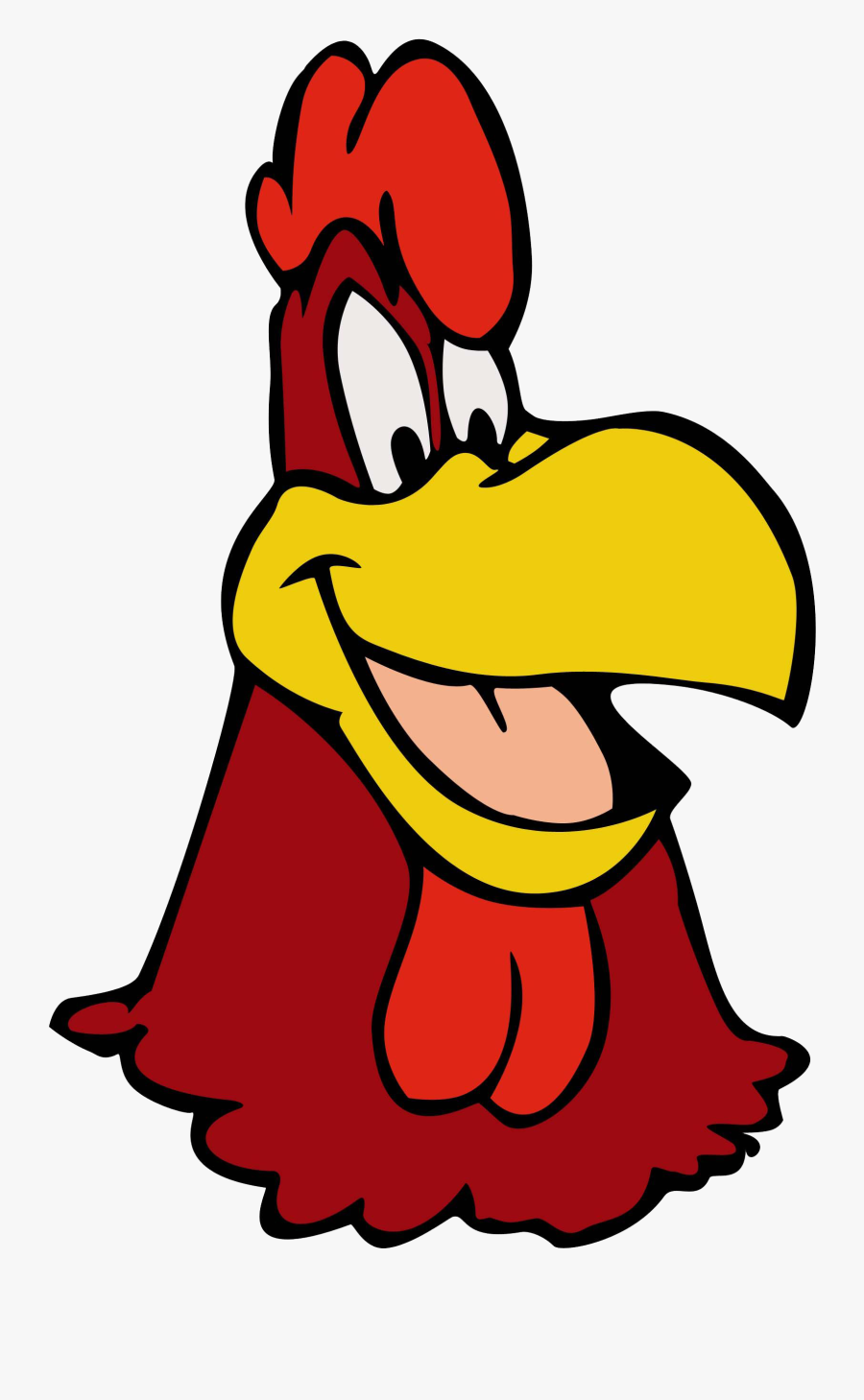Hi everyone,
I have a new CC and Jazz neck that I'd like to use for a 2 HB guitar. 1 tone, 1 volume, 5-way super switch.
I would like to get:
1) Bridge HB
2) Bridge HB in parallel
3) Bridge HB with Neck HB
4) Bridge HB with Neck HB in Parallel
5) Neck HB
Anyone know if this is possible?
I have a new CC and Jazz neck that I'd like to use for a 2 HB guitar. 1 tone, 1 volume, 5-way super switch.
I would like to get:
1) Bridge HB
2) Bridge HB in parallel
3) Bridge HB with Neck HB
4) Bridge HB with Neck HB in Parallel
5) Neck HB
Anyone know if this is possible?







Comment